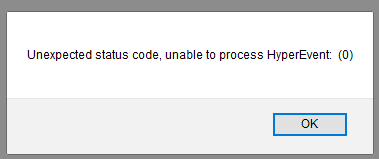Hello,
I have a very simple web service that I'd like to secure via SAML Authorization with X.509 Certificates. I am, however struggling with documentation and my lack of cryptographic skills. (I do this just for educational purposes now, but need to use it in the future)
Does anyone have an example that shows how to construct a SOAP Client with adding all necessary security headers manually or point me to a decent learning resource?
Thank you very much!


